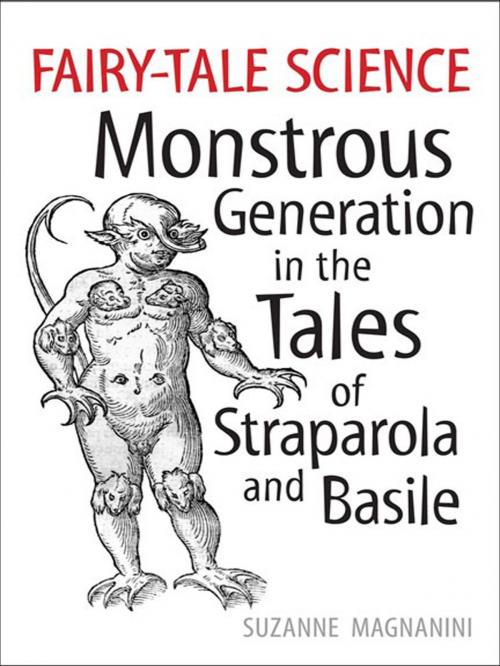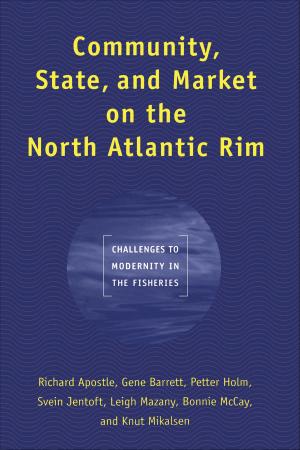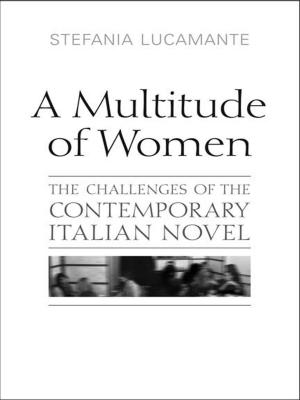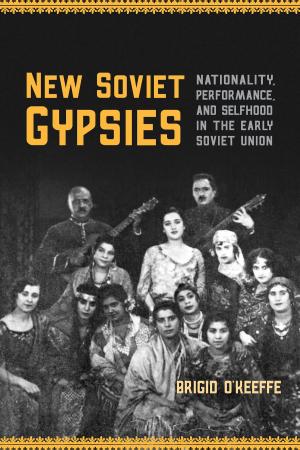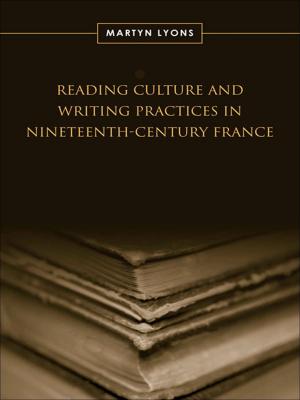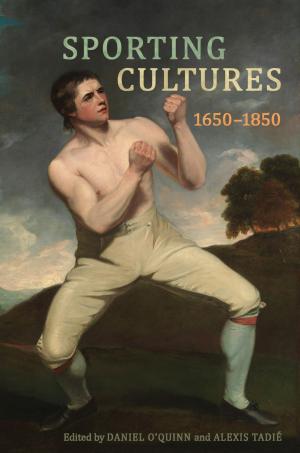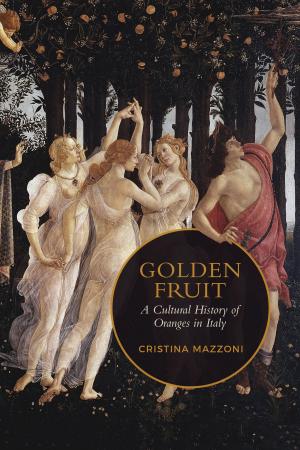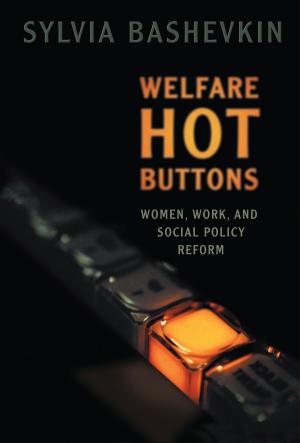Fairy-Tale Science
Monstrous Generation in the Takes of Straparola and Basile
Fiction & Literature, Literary Theory & Criticism, European, Italian| Author: | Suzanne Magnanini | ISBN: | 9781442692374 |
| Publisher: | University of Toronto Press, Scholarly Publishing Division | Publication: | May 24, 2008 |
| Imprint: | Language: | English |
| Author: | Suzanne Magnanini |
| ISBN: | 9781442692374 |
| Publisher: | University of Toronto Press, Scholarly Publishing Division |
| Publication: | May 24, 2008 |
| Imprint: | |
| Language: | English |
Between 1550 and 1650, Europe was swept by a fascination with wondrous accounts of monsters and other marvels - of valiant men slaying dragons, women giving birth to animals, young girls growing penises, and all manner of fantastic phenomena. Known as 'fairy tales,' these stories had many guises and inhabited a variety of literary texts. The first two collections of such fairy tales published on the continent, Giovan Francesco Straparola's Le piacevoli notti and Giambattista Basile's Lo cunto de li cunti, were greeted with much enthusiasm at home and abroad and essentially established a new literary genre. Contrary to popular thought, Italy, not Germany or France, was the birthplace of the literary fairy tale.
This fascination with the marvellous also extended to the worlds of science, medicine, philosophy, and religion, and many treatises from the period focused on discussions of monsters, demons, magic, and witchcraft. In Fairy-Tale Science Suzanne Magnanini looks at these 'science fictions' and explores the birth and evolution of the literary fairy tale in the context of early modern discourses on the monstrous. She demonstrates how both the normative literary theories of the Italian intellectual establishment and the emerging New Science limited the genre's success on its native soil. Natural philosophers, physicians, and clergymen positioned the fairy tale in opposition in opposition to science, fixing it as a negative pole in a binary system, one which came to define both a new type of scientific inquiry and the nascent literary genre. Magnanini also suggests that, by identifying their literary production with the monstrous and the feminine, Straparola and Basile contributed to the marginalization of the new genre.
A wide-ranging yet carefully crafted study, Fairy-Tale Science investigates the complex interplay between scientific discourse and an emerging literary genre, and expands our understanding of the early modern European imagination.
Between 1550 and 1650, Europe was swept by a fascination with wondrous accounts of monsters and other marvels - of valiant men slaying dragons, women giving birth to animals, young girls growing penises, and all manner of fantastic phenomena. Known as 'fairy tales,' these stories had many guises and inhabited a variety of literary texts. The first two collections of such fairy tales published on the continent, Giovan Francesco Straparola's Le piacevoli notti and Giambattista Basile's Lo cunto de li cunti, were greeted with much enthusiasm at home and abroad and essentially established a new literary genre. Contrary to popular thought, Italy, not Germany or France, was the birthplace of the literary fairy tale.
This fascination with the marvellous also extended to the worlds of science, medicine, philosophy, and religion, and many treatises from the period focused on discussions of monsters, demons, magic, and witchcraft. In Fairy-Tale Science Suzanne Magnanini looks at these 'science fictions' and explores the birth and evolution of the literary fairy tale in the context of early modern discourses on the monstrous. She demonstrates how both the normative literary theories of the Italian intellectual establishment and the emerging New Science limited the genre's success on its native soil. Natural philosophers, physicians, and clergymen positioned the fairy tale in opposition in opposition to science, fixing it as a negative pole in a binary system, one which came to define both a new type of scientific inquiry and the nascent literary genre. Magnanini also suggests that, by identifying their literary production with the monstrous and the feminine, Straparola and Basile contributed to the marginalization of the new genre.
A wide-ranging yet carefully crafted study, Fairy-Tale Science investigates the complex interplay between scientific discourse and an emerging literary genre, and expands our understanding of the early modern European imagination.
